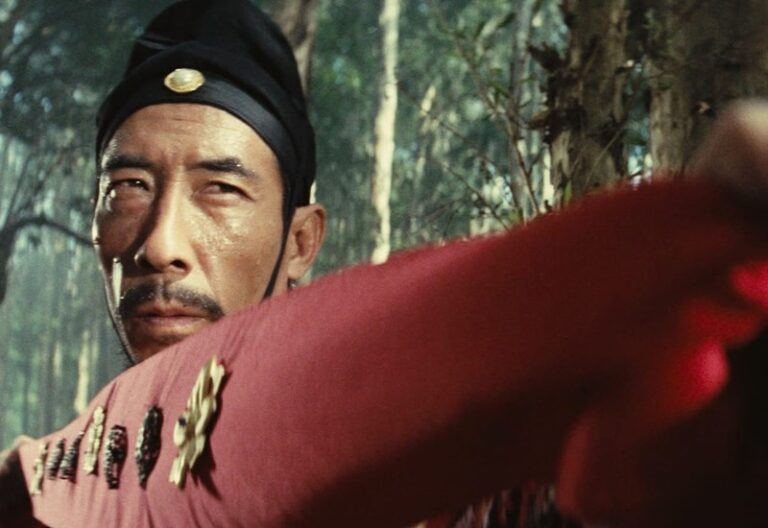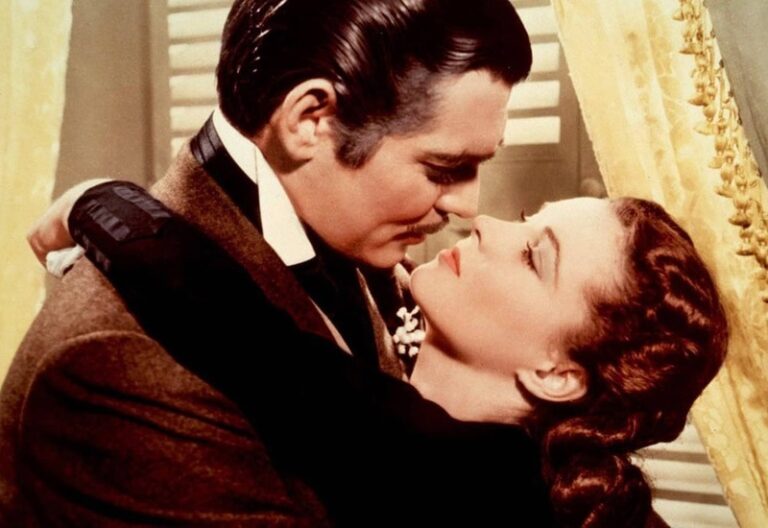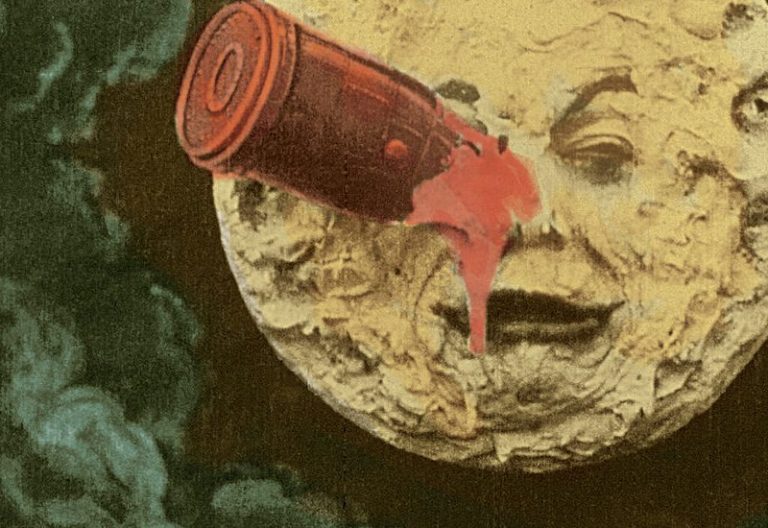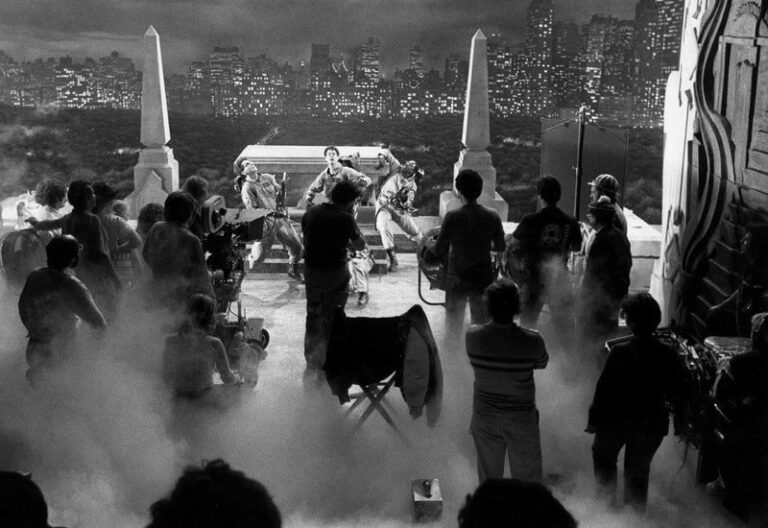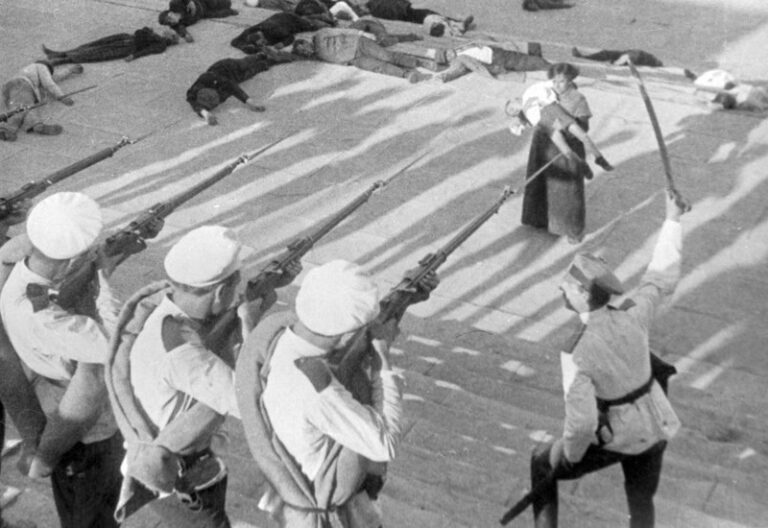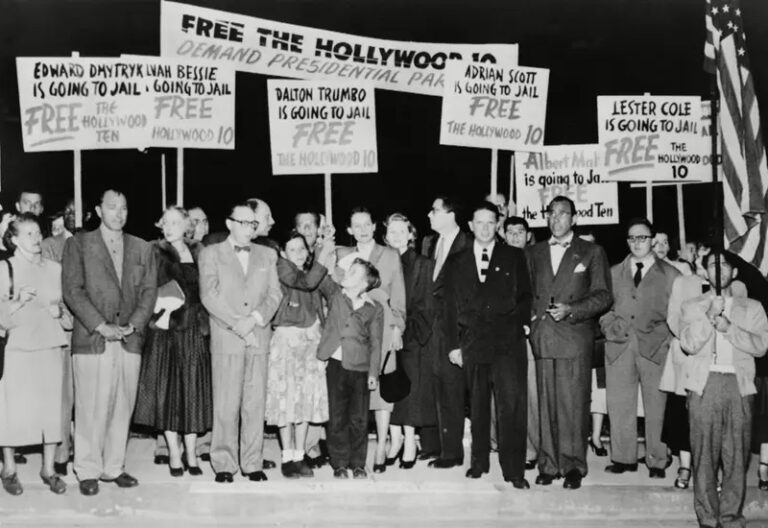the evolution of special effects in movies
Special effects in film have always been a kind of magic – tricking our eyes into seeing the impossible, making the unreal seem real. It’s a craft that’s been around almost as long as movies themselves, evolving alongside the medium to push the boundaries of what we can imagine on screen.
Published by: CinemaWaves Team | Filed Under: Film Blog
Development of Special Effects: The Early Years
The history of special effects in film dates back to the late 19th century, coinciding with the birth of cinema itself. One of the earliest pioneers was Georges Melies, a French illusionist and filmmaker. Melies, often credited as the father of special effects, discovered that he could use camera tricks to create magical illusions. His 1902 film, “A Trip to the Moon”, is a seminal work that showcases early special effects techniques, including stop-motion, double exposure, and hand-painted color. These effects were revolutionary to say the least.
During this period, special effects were primarily achieved through practical means, relying on in-camera techniques. For instance, stop-motion animation, pioneered by Melies, involved photographing a model or object in small increments, moving it slightly between each frame to create the illusion of movement. This technique would later be refined and popularized in films like “The Lost World” (1925) and “King Kong” (1933), where it was used to bring dinosaurs and giant apes to life.
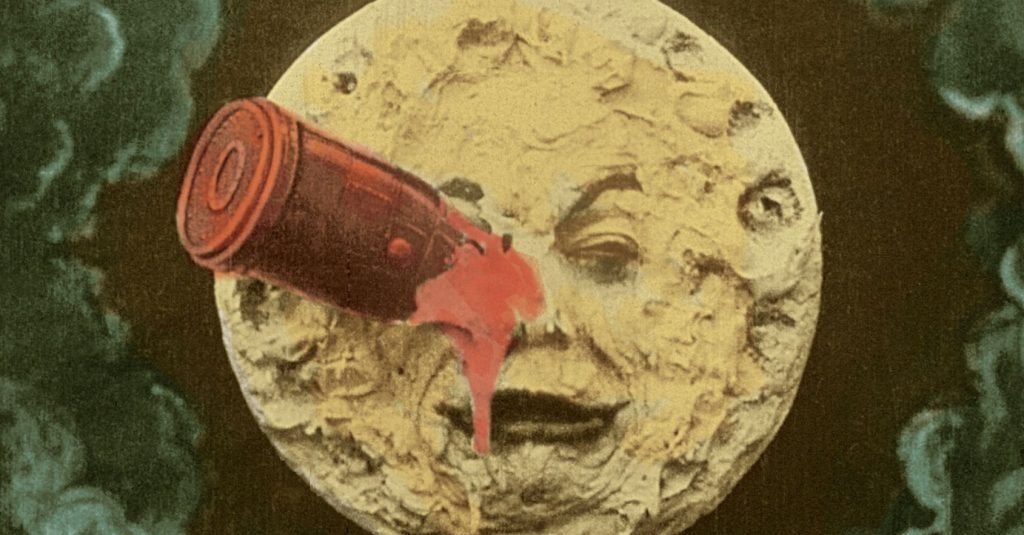
The Golden Age of Hollywood and the Rise of Practical Effects
The 1930s through the 1950s marked the Golden Age of Hollywood, a period of tremendous growth and innovation in special effects. Practical effects became more sophisticated, with filmmakers experimenting various techniques to enhance the visual storytelling of their films.
One of the most significant advancements during this period was the use of miniatures and models. These scaled-down replicas allowed filmmakers to create elaborate sets and landscapes that would have been impossible or prohibitively expensive to build full-scale. Another crucial development was the use of matte paintings, where artists would paint large, detailed backgrounds on glass or canvas, which were then composited with live-action footage to create the illusion of expansive or fantastical environments. This technique was famously used in “Gone with the Wind” (1939) to depict the burning of Atlanta and in “The Wizard of Oz” (1939) to create the iconic Emerald City.
During this era, the introduction of sound also influenced special effects. Sound effects, or “foley,” became a critical component in creating immersive cinematic experiences. The advent of synchronized sound allowed for more realistic and dynamic audio effects, enhancing the visual impact of on-screen action.
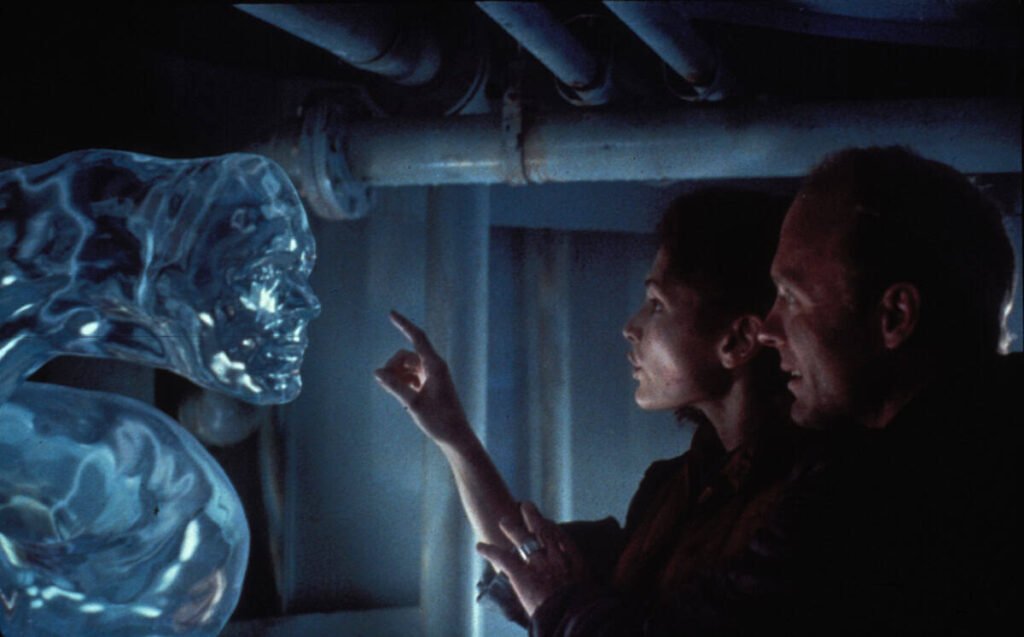
The Dawn of the Digital Age: Computer-Generated Imagery (CGI)
The late 20th century marked a revolutionary shift in the world of special effects with the advent of computer-generated imagery (CGI). The development of CGI transformed the industry, enabling filmmakers to create more complex and realistic effects than ever before.
The first major breakthroughs in CGI came with the film “Tron” (1982), which featured extensive use of computer-generated environments and characters. Although primitive by today’s standards, “Tron” demonstrated the potential of digital effects and set the stage for future innovations. The real turning point, however, came with James Cameron’s “The Abyss” (1989), which featured the first fully computer-generated character—a sentient water creature. This was followed by the groundbreaking use of CGI in “Terminator 2: Judgment Day” (1991), where the T-1000, a liquid metal robot, demonstrated the incredible possibilities of CGI in creating lifelike and fluid animations.
But it was Steven Spielberg’s “Jurassic Park” (1993) that truly revolutionized the industry. The film combined practical effects with CGI to create realistic dinosaurs that stunned audiences and set a new standard for visual effects in film. The seamless integration of CGI with live-action footage proved that digital effects could enhance, rather than replace, traditional filmmaking techniques.
Types of Special
Effects in Film
Practical effects: These include any effects created physically on set, such as miniatures, models, animatronics, pyrotechnics, and prosthetics. Practical effects are often used for stunts, explosions, and creature effects, providing a tangible realism that can be difficult to achieve with CGI.
Digital effects: These are created using computers and include CGI, digital compositing, and motion capture. Digital effects allow filmmakers to create anything imaginable, from entire worlds to characters and creatures that could never exist in real life.
Within these categories, there are numerous subtypes, such as optical effects (matte paintings, rear projection), mechanical effects (animatronics, puppetry), and visual effects (VFX), which encompass all digital post-production effects.
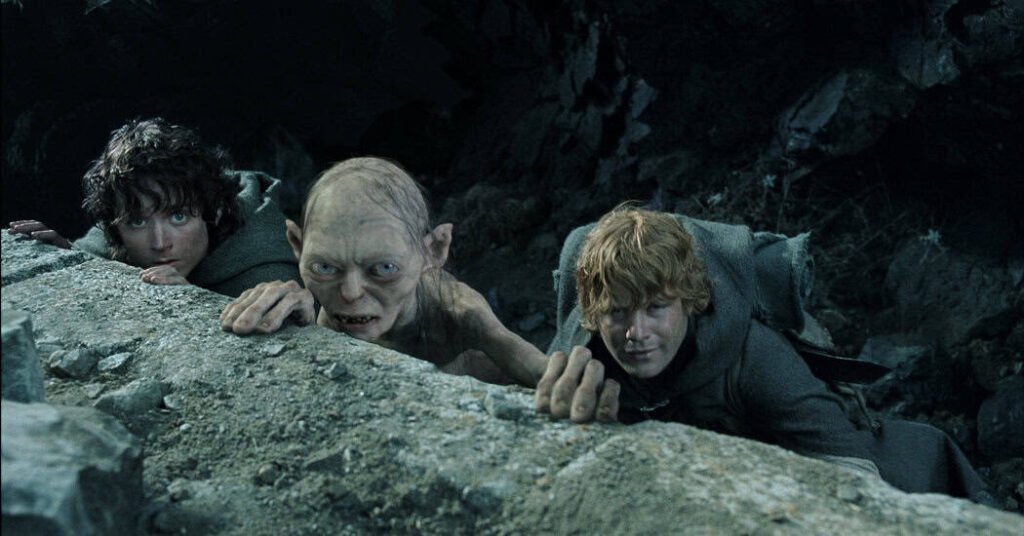
The Evolution and
Refinement of CGI
As CGI technology advanced, it became central to filmmaking, enabling the creation of increasingly complex worlds. The late 1990s and early 2000s saw the rise of fully CGI-animated films, important being “Toy Story” (1995), the first feature-length film entirely created using CGI. Pixar’s success with “Toy Story” ushered in a new era of animated films, including “Finding Nemo” (2003) and “The Incredibles” (2004), which demonstrated the growing sophistication of digital animation.
Simultaneously, CGI began to dominate visual effects in live-action films. Peter Jackson’s “The Lord of the Rings” trilogy highlighted Its potential in crafting epic battles and creatures, with Gollum serving as a prime example. The use of motion capture further enhanced CGI realism, as seen in “Avatar” (2009) for example, where digital technology blurred the line between reality and fantasy.
Practical Effects in
the Digital Age
Despite the dominance of CGI, practical effects have not disappeared; in fact, they have experienced a resurgence in recent years. Filmmakers and audiences alike have begun to appreciate the tangible, tactile quality of practical effects, which can sometimes feel more “real” than their digital counterparts. For example, Christopher Nolan is known for his preference for practical effects and his use of miniatures and real stunts in films like “Inception” (2010) and “Dunkirk” (2017). Creating visually stunning sequences without relying heavily on CGI.
This blending of practical and digital effects represents a growing trend in modern filmmaking, where directors seek to combine the best of both worlds.
The Future of Special
Effects in Movies
As technology continues to evolve, the future of special effects in film looks brighter than ever. Emerging technologies like virtual reality (VR), augmented reality (AR), and real-time rendering are already making their mark on the industry. These innovations promise to create even more immersive and interactive cinematic experiences, where the line between film and reality continues to blur.
The growing accessibility of digital tools means that independent filmmakers now have access to advanced special effects that were once the domain of big-budget studios. This democratization of special effects is likely to lead to a new wave of creative and innovative films that continue to push the boundaries of the medium.
Refer to the main page for more educational insights on filmmaking and cinema history.
Wuxia, meaning chivalrous hero, refers to a genre of Chinese fiction and film that follows martial artists upholding justice in ancient China. Though deeply rooted in classical…
In the early 20th century, a cinematic revolution was brewing in the Soviet Union. A group of visionary filmmakers, collectively known as the Soviet Montage School, gathered…
The Cinema of Attractions refers to an early style of filmmaking, popular in the late 19th and early 20th centuries, that prioritized spectacle and visual storytelling…
Film production is the process of creating a film from its initial concept to the final product. It involves numerous stages, each requiring a collaboration of talents, skills, and resources. The…
Juxtaposition is a powerful storytelling technique where two or more contrasting elements are placed side by side to highlight their differences or to create a new, often more…
The studio system was a dominant force in Hollywood from the 1920s to the 1950s. It was characterized by a few major studios controlling all aspects of film production…

